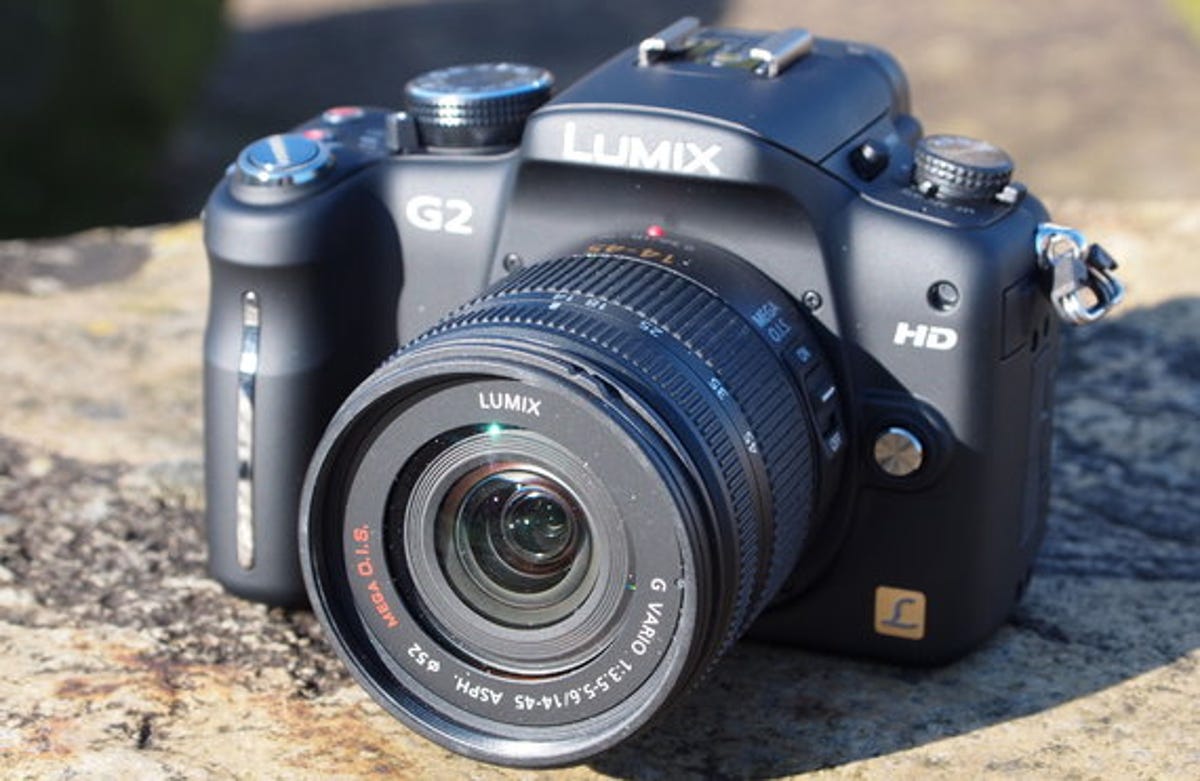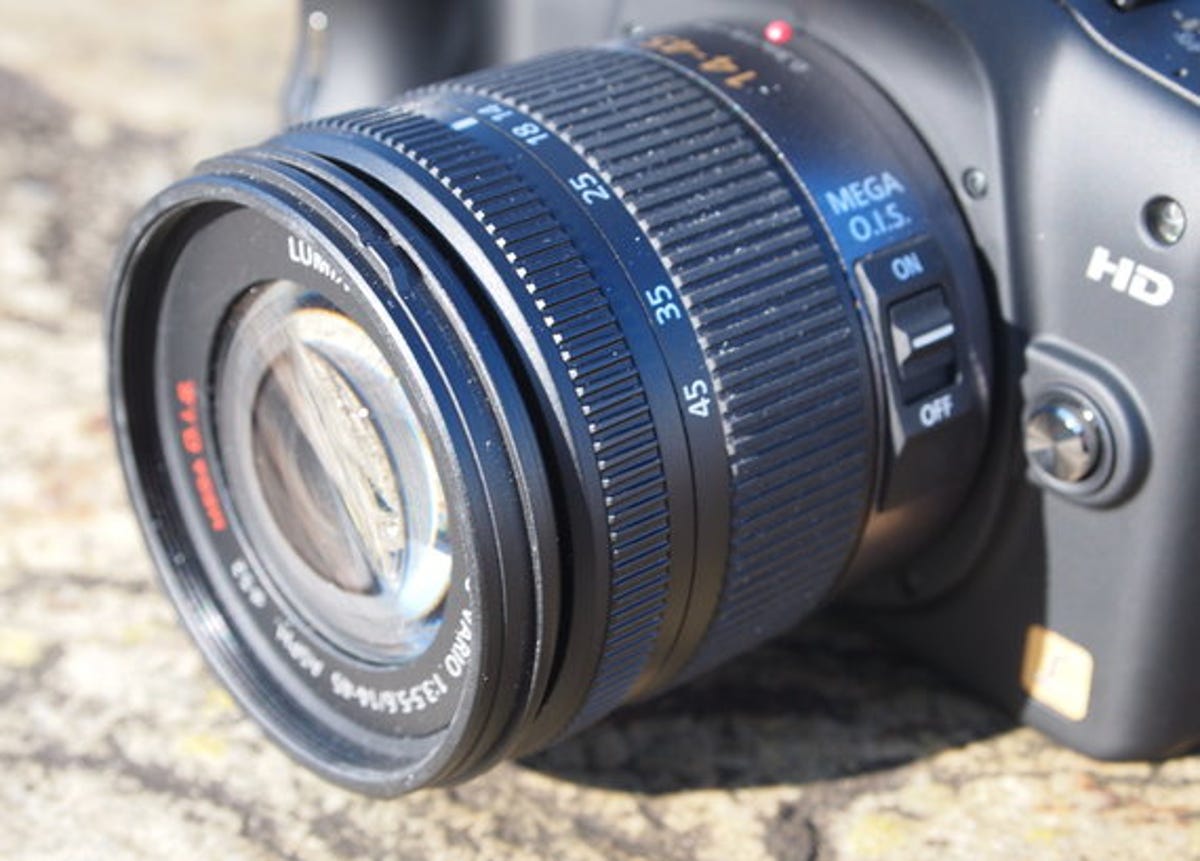
It looks like this interchangeable lens thing could catch on. Judging by some of the prosumers and photo nuts we spoke to at this week's Focus On Imaging show in Birmingham, compact cameras with swappable lenses are capturing the imagination -- and even some wallets. The latest addition to the line-up is the Panasonic Lumix DMC-G2, and we've tried it out.
It's the latest model to use the Micro Four Thirds lens format, developed by Olympus and Panasonic, which removes the moving parts from inside a traditional dSLR and makes for smaller cameras. Panasonic also launched the Lumix DMC-G10, making a total of five Micro Four Thirds cameras in Panasonic's catalogue.
The G2 packs a 12.1-megapixel Live MOS sensor and Venus engine HDII processor. It shoots 720p high-definition video in either AVCHD Lite format -- at 50 fps -- or Motion JPEG, at 30fps.
What makes the G2 unique is its touchscreen. It's the first lens-swapping compact camera you can control by tapping on the screen. There's all sorts of finger-friendly touchscreen options, whether tweaking shooting controls or changing the camera's settings.
When you're snapping, you can tap the screen to focus on that point. A slider lets you resize the area you want to focus on. You can even tap in different places to select multiple focus points, from the camera's nine points. Mash on a moving subject and the camera will track them. If you're focusing manually, touching the screen enlarges the image by 5x, helping you to get your image pin-sharp.
You don't even have to press the shutter button -- touch the screen and the camera can focus and take the picture automatically. Video doesn't miss out either: touch the screen in two places to smoothly and automatically pull focus from one to the other.
Other options include the adding and moving guidelines, and even moving the onscreen histogram so it doesn't obscure your image. You can also move through your pictures with a swipe of a finger, and zoom in and out.
And there's more. You get seven scene modes, including an interesting high-contrast silhouette mode. Intelligent resolution sharpens detailed areas of a photo, and face recognition saves three faces.
We tried the G2 out, which is almost as good as you trying it out. Click continue to see the G2 in action in our gallery of hands-on shots.


